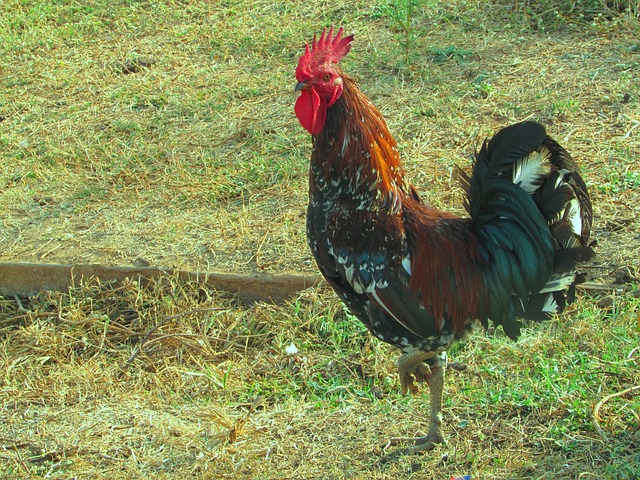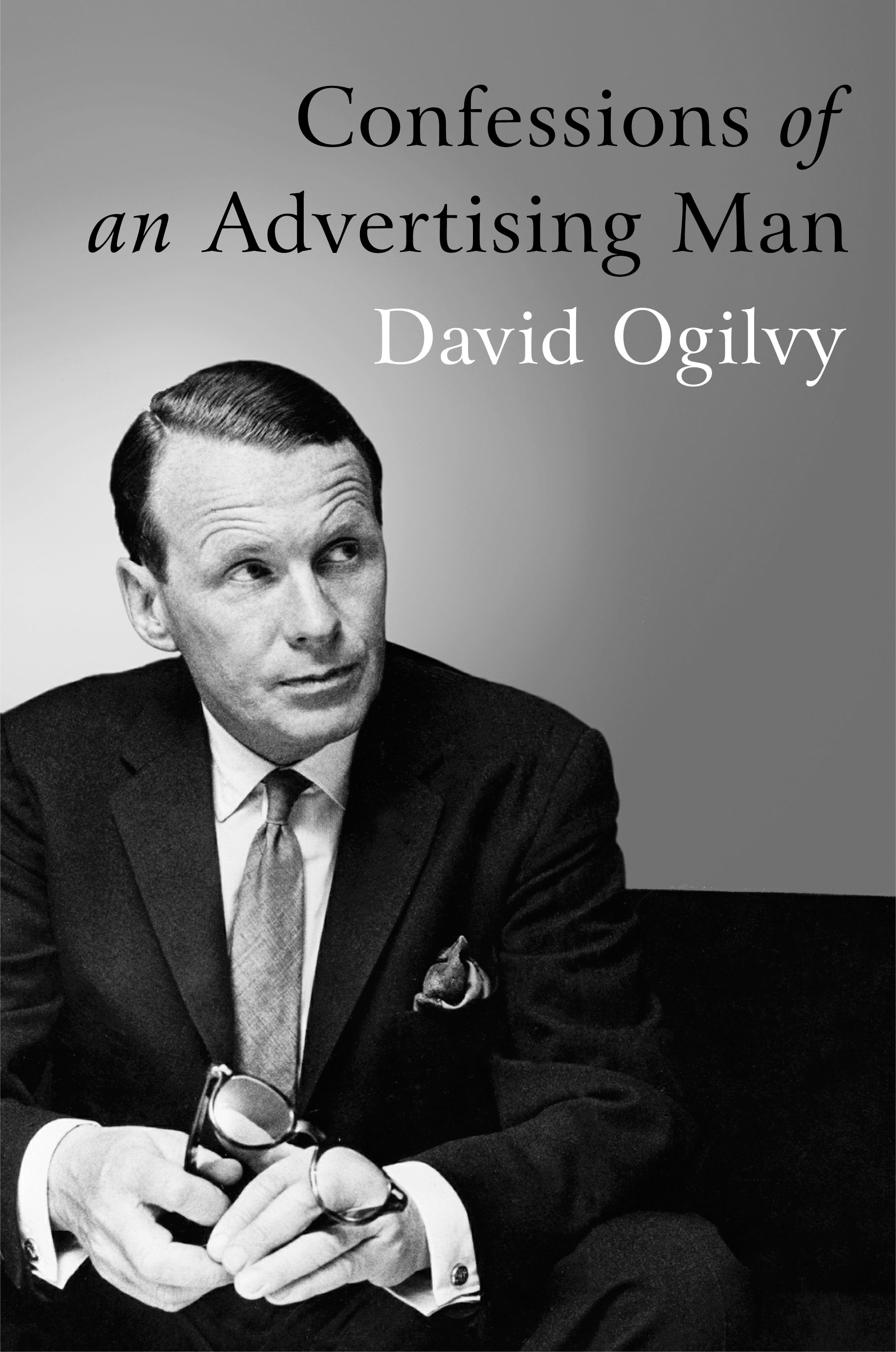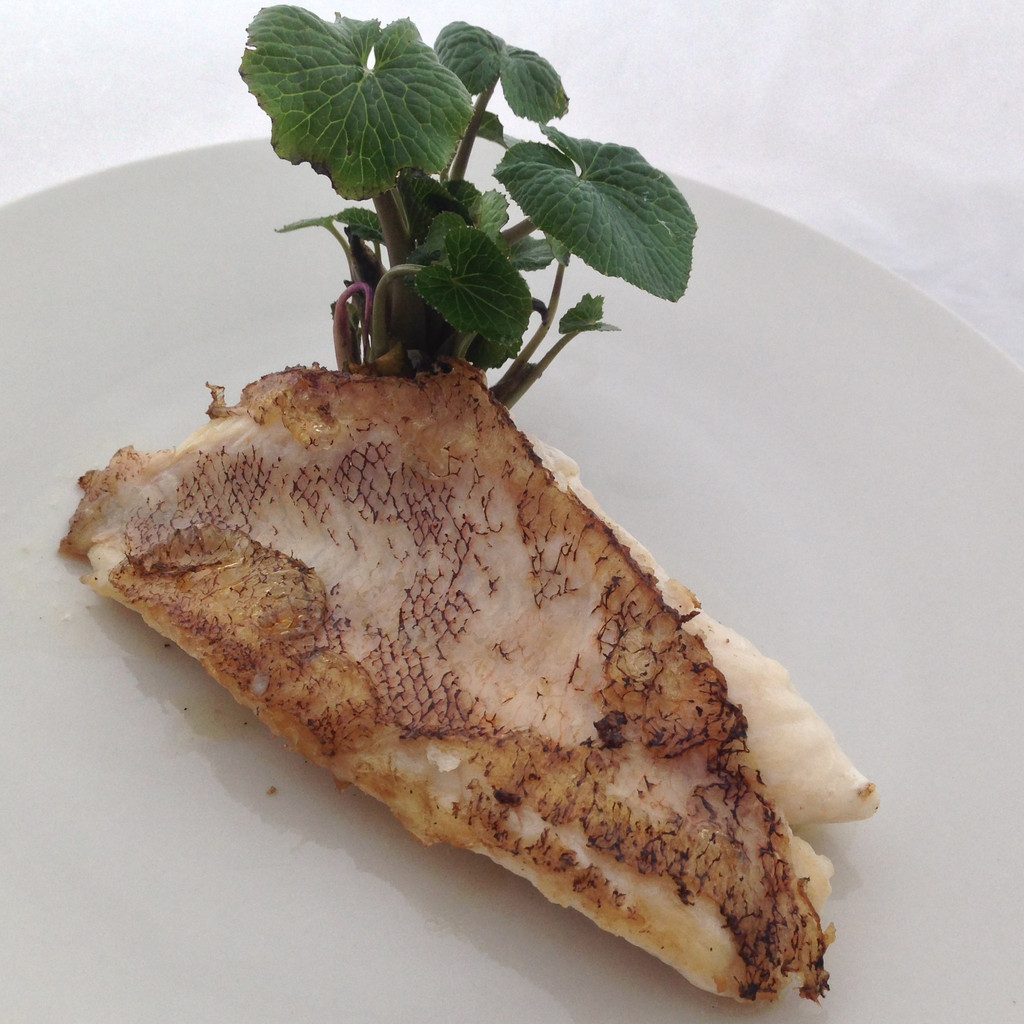"Eat Lionfish!" - Everybody
Being new to copywriting, this assignment is interesting: introducing a new food source. Introducing a new food source as a safe, healthy and delicious alternative.
These are my thoughts on copywriting for the lionfish. And like all my thoughts, they are subject to revision and review.
For now,
The lionfish direly needs to be sold the way it deserves to. This is the responsibility we've taken up in Traditional Fisheries.
I imagine the people who discovered chocolate through cocoa beans. Or the goats who got high on coffee. I doubt the mere act of discovery led to its acceptance. Does history of the product belong to the pioneer or its salesman? Someone had to convince other people to try something new. How did these marketers describe it? What did they say or do to convince people to ingest this new find. It's futile to describe chocolate to somebody who hasn't tasted it. One has to take a bite. A great product speaks for itself.
I've written about why lionfish needs to be sold. It's a problem, and our collective apetites are the most sustainable solution. Perhaps the only one.
And writing copy is going to be an important part of this struggle. Apart from new trap innovations, aggressive sales and branding activities. The definitive copy is going to be the tip of the spear.
Why it shouldn't be a problem:
The solution has to be a brand of lionfish which is more pervasive in our meals. That's not a business strategy. It's a marine necessity. It's great business if it works as well- but then we'd have to sacrifice elitist prices and risk losing an associated lifestyle brand. A luxury a lot of products might not want to give up.
But it's been our early-adopters, these brave gastro enthusiasts, that have shaped our business, who we are and where we'd like to go.
The History of Unusual Bites
Introducing meats is interesting. Most of humanity's sustainance comes from the flesh of other creatures.
Somewhere along the continuum we were raised to distinguish and differentiate our sources of food. Roots and meat. Then break that down further into other categories of fruits, vegetables, meat, fish. Then they wind that down further. You have your nuts, red-meat, organic, dairy and the list goes on. We categorise for ease, for safety, for familiarity, or just because a cow left a trail.
You'd imagine fish right up there on the list. Fishes were one of our first conquests. Every culture and its people have survived on fish. Where there was a water body there were hunters.
But the lionfish is stuck on a category problem.
Why would someone eat a fish that is more commonly paraded in aquariums? That desensitizes the appeal, it's like eating a pet now. The lionfish is a beautiful fish, it's venomous spines also adds a hint of danger-- and worse, it's exotic.
Familiarity is what we need.
Lobsters were once called the cockroaches of the sea. It was illegal to serve them in Massachusettes on the grounds of cruelty: you cannot serve lobsters and rats to prison-inmates. You see that grouping- lobsters and rats in the same sentence. How much that world perspective has changed, that lobsters are now the "steaks of the ocean". I imagine the person who convinced us to eat lobsters to be sitting beside a warm fire drinking a glass of scotch smiling to himself.
And take the pigeon. The pigeon is a case-study on the rise and fall, and rise-fall again as a delicacy. Initially introduced in New York for food, they gradually fell out of favor. Now they're just "rats with wings". The pigeon is still a valid delicacy in Egypt & France. Tourists travel windy alleys to grab a bite because great tourists travel with adventurous minds.
If only everybody was a tourist.
The latest food introduction craze in the Western world is with crickets. I'm going to leave out other insects. It's a brilliant campaign- rich protein source, human population levels increasing, sustainable. But insects are so unfamiliar to us as a palatable meal- that that mission is on a different plane. Isn't it disgusting looking, dirty- totally unappealing? At least, we've grown up with these unappealing ideas about insects. These marketers have their job cut out for them, and I don't envy it.
Current State of Marketing
The United States government is also desperately trying to sell the lionfish. They know it's essential to win this war.
So how does the government/academicians/scientists sell lionfish?
As you can see- it's terrible.
There's a lot more posters in that vein, but honestly this was the prettiest.
This advertisement for food looks more like a PSA commercial. I think that does more damage than good. Look at the emphasis of the exclamation mark: "Eat Lionfish!". It sounds like a paternal commandment. Eat it. Not because it's delicious- but eat it to save the world. That's an important reason to pick up a fork, but not a very motivating one. It feels like an obligation now. Like taking medicines or eating vegetables.
You can't appeal to hunger like that.
Imagine if Kentucky Fried Chicken had a similar campaign. On their website/ brochure/stores/marketing collateral you were greeted by a majestic rooster in the wild. "Eat Cock!" it would exclaim.

So why am I staring at a pretty colored fish swimming in the ocean? My imagination won't convert that into a ceviche or sushi by itself. I see the exquisite beauty of nature, an aquarium fish, and then a huge proclamation to eat it.
No. No.
But it's not just NOAA. This format of the campaign is seen everywhere by all University groups, scientists and every good intentioned person wanting you to eat lionfish. But all these nobles intentions and urgency is killing a very important point- the fish is naturally delicious. Let's market and talk about that.
How To Market Food?
A great advertizing guru had pondered this once. David Oglivy's "Confessions of an Ad Man". It's a classic, still relevant today with its elegant thoughts and high-art prose. Chapter IX: How to Make Good Campaign for Food Products, Tourist Destinations and Proprietary Medicine.

The subheading discusses marketing of food in print and television. Ogilvy gives 15 points:
(1) Build your advertisement around appetite appeal.
(2) The larger your food illustration, the more appetite appeal.
(3) Don’t show people in food advertisements. They take up space that is better devoted to the food itself.
(4) Use color. Food looks more appetizing in color than in black-and-white.
(5) Use photographs—they have more appetite appeal than art work.
(6) One photograph is better than two or more. If you have to use several photographs, make one of them dominant.
(7) Give a recipe whenever you can. The housewife is always on the lookout for new ways to please her family.
(8) Don’t bury your recipe in your body copy. Isolate it, loud and clear.
(9) Illustrate your recipe in your main photograph.
(10) Don’t print your recipe over a screen; it will be read by far more women if you print it on clean white paper.
(11) Get news into your advertisements whenever you can —news about a new product, an improvement in an old product, or a new use for an old product.
(12) Make your headline specific, rather than general.
(13) Include your brand name in your headline.
(14) Locate your headline and copy below your illustration.
(15) Display your package prominently, but don’t allow it to dominate your appetite photograph.
(16) Be serious. Don’t use humor or fantasy. Don’t be clever in your headline. Feeding her family is a serious business for most housewives.
How wonderful his words are. A perfect guideline. They remind and reiterate simple thoughts we are neglecting in the lionfish campaign: We're missing the appetite appeal.
That's the foundation. So far the appetite is around eco-tourism, sustainability, ocean conservation and save the planet. That's great. But if the solution is food, then it has to transcend humanitarian concerns.
The truth has to be delicious.

Curtesy ArtisanalFoods- our lovely client from Las Vegas
In short, you can't criminalize the lionfish. Hating something doesn’t want to make you want to devour it, loving it intensely does.